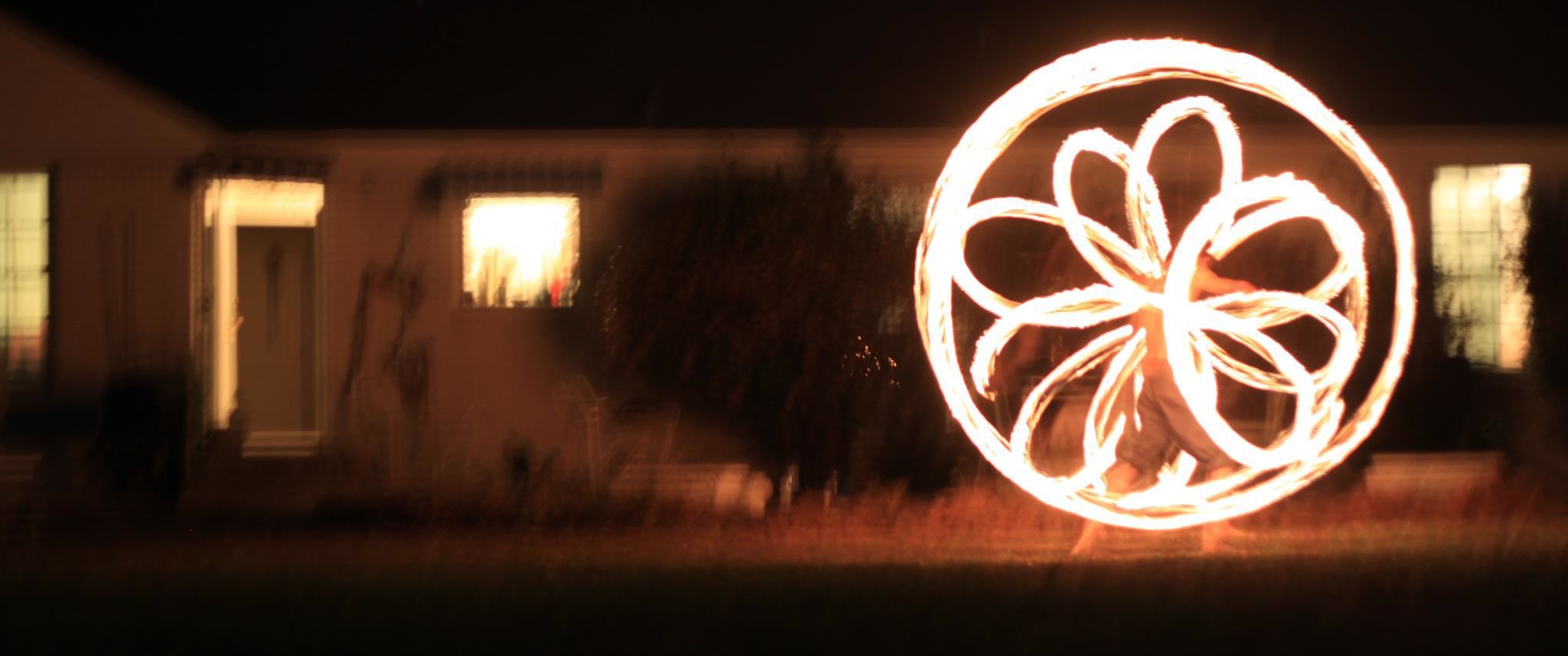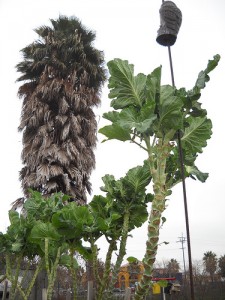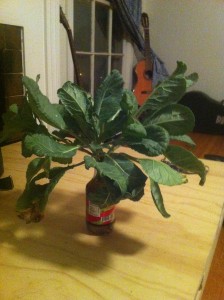I’ve been reading a lot about collard trees and other brassicas for little over a year now, and have known about them for a couple of years now.
Everybody, keeps saying its a special variety of collard, kale, or cabbage. After a few years of looking for seeds, talking to people, and growing brassicas myself, I’m convinced they’re just regular brassicas that have been grown for years.
Wait. . Hold on. .
Brassicas (broccoli, cabbage, kale, collards, brussel sprouts, swiss chard) can be grown for more than one year?
In one short sweet answer: yes.Brassicas are perennial; they can grow for many years.
It was last year, that I tried to communicate to my director that all of the kales, broccolis,brussels sprouts, swiss chard, cabbage, and collards could stay in. Unfortunately conventional knowledge is a contagious disease and they were dug up and removed.
Without her knowledge, I took the dug up plants I could find, and replanted some of them in a different place, and they survived. As soon as we began to get cool weather last week in September, we already had collard greens, kale, and broccoli leaves to harvest. A word of advice, the hot summer weather can cause most of these plants to go a little bitter. With the change of seasons and the cooler weather, they begin to get their normal taste character back.
Moving on, the amazing opportunity awaits in the exponential increase of brassicas by collecting seed, taking cuttings, and sharing the info with everyone. From here, the propagation and opportunity of these plants is infinite. The journey in propagating these puppies has just begun. For more information on perennial vegetables, I recommend reading Perennial Vegetables by Eric Toensmeier.



